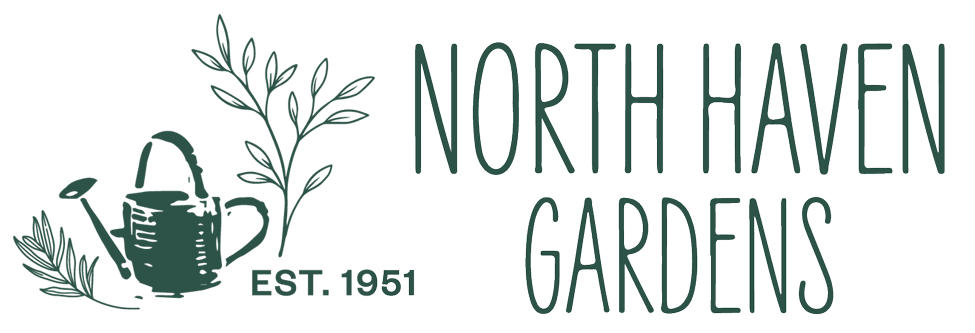What’s the benefit of planting native plants? No matter where you live, plants that are native to your region are better-adapted to the climate and soil of that area. In the often-tough growing conditions of North Central Texas, native plant species are a smart way to set your garden up for success and make a haven of beauty for you, visiting pollinators, and wildlife.
Why You Should Use Texas Native Plants in Your Garden
Here are just a few of the benefits of having plants native to Texas in your garden:
They are water-wise. Looking to reduce your water bills? The large majority of plants native to Texas are drought-tolerant, offering an excellent opportunity to cut down on irrigation.
They are low maintenance. We’ve all encountered the frustrating damage that can be done by pests, disease, and climate extremes. However, native plants have evolved to survive our regional challenges, which can significantly reduce the maintenance they require.
They support a variety of insects, birds, and wildlife. Planting Texas-specific varieties is a beautiful way to make a positive ecological difference for the bugs, birds, and animals in our area. Some species of plants native to Texas are also larval host plants (LHP), meaning that they serve as a food source for the caterpillars of butterflies.
And of course, we can’t forget one of the most significant benefits of all: there’s no better landscape designer than nature itself. When planted together, native plants can make a stunning addition to any outdoor space.
Popular Texas Native Plants You Can Grow
The Lady Bird Johnson Wildflower Center is a great resource for both specific plant-related information and guides for landscape design and maintenance. But sometimes, having so many options can make the decision process a bit intimidating, especially for the inexperienced gardener. Here are just a few our favorite native plants to consider in getting started on your own backyard oasis:
Texas Native Trees
Rusty Blackhaw Viburnum (Viburnum rufidulum). This lovely specimen tree is a wonderful addition to a semi-shady area or under a larger tree. The fragrant clusters of creamy white flowers ripen into black raisin-like fruit that no bird can resist.
Redbuds. Both the eastern redbud (Cercis canadensis var. canadensis) and Texas redbud (Cercis canadensis var. texensis) announce spring’s arrival with their dramatic shows of lavender flowers in early spring, then ornament the garden well into winter with dangling clusters of seedpods.
Texas Native Shrubs
Turk’s Cap (Malvaviscus arboreus var. drummondii). Looking for pollinator-friendly plants? Turk’s Cap is a favorite for hummingbirds, and its vibrant red flowers can quickly become the star attraction in your home garden. This perennial shrub dies back to the ground in winter but can spread 2’-6’ tall and wide when it regrows as temperatures rise. It blooms abundantly from mid-spring to the first freeze and does well in shady areas where other shrubs don’t bloom.
Rose Mallow Hibiscus (Hibiscus laevis). This striking native will bring a dramatic, tropical feeling to the garden while withstanding Texas temperature extremes. It loves boggy areas and also makes a great addition to a pot on a sunny poolside patio.
Ornamental Grasses Native to Texas
Muhly Grasses (Muhlenbergia spp.). Add texture, color, and a native food source for animals to your yard with muhly grass. Pink muhly (Muhlenbergia capillaris) and Lindheimer’s muhly (Muhlenbergia lindheimeri) make impressive accent plants, especially fall through winter when their shining seedheads and graceful foliage blow in the wind.
Browse Our Selection of Texas Native Plants Today
For more information about choosing plants that are native to North Central Texas, you can explore resources from our blog and check the NHG events calendar for classes and demonstrations on how to incorporate native plants in your Texas landscape. Visit North Haven Gardens, and let us help you start planning your garden or outdoor space today!

